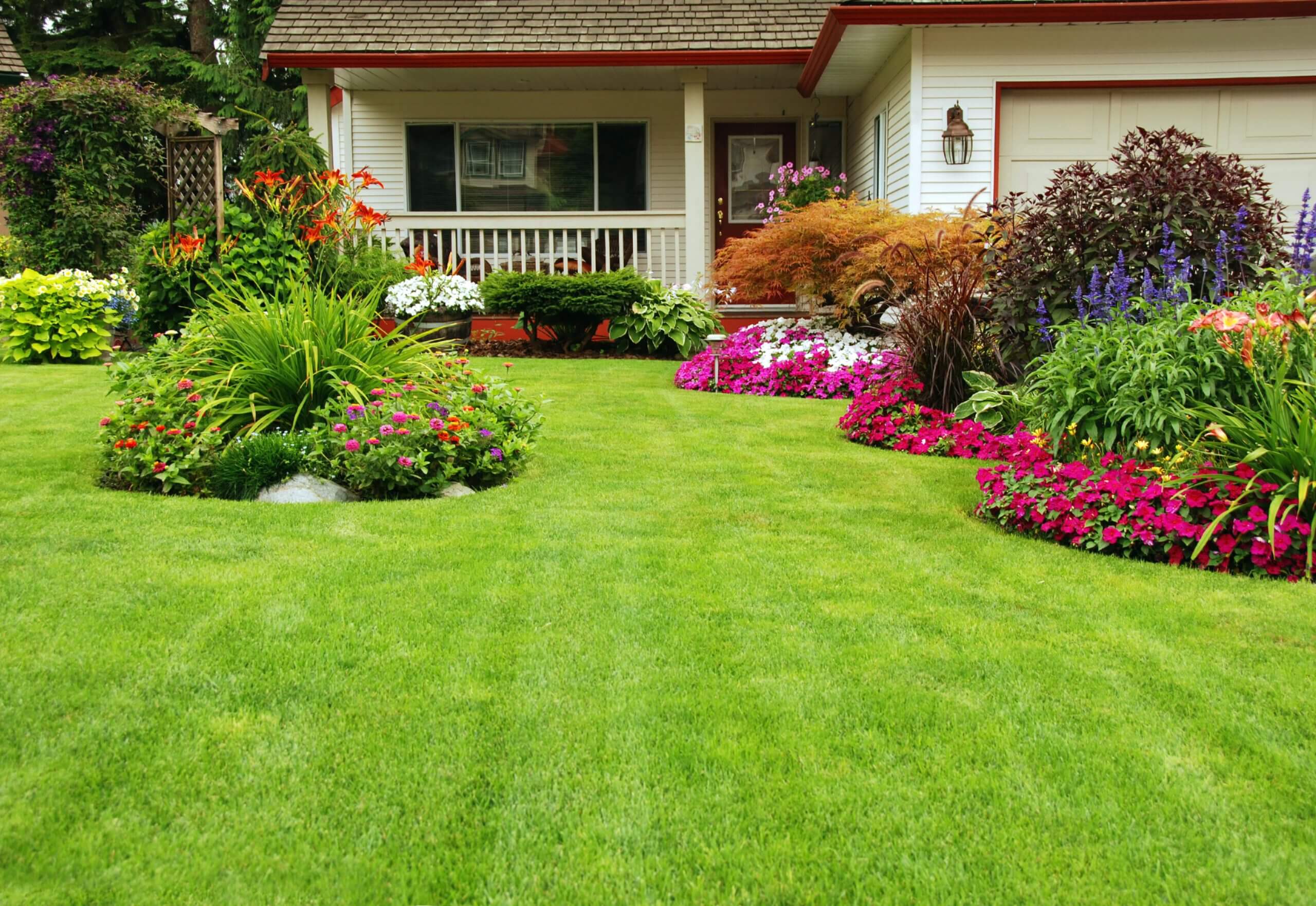The 10-Second Trick For Landscapers
The 10-Second Trick For Landscapers
Blog Article
10 Simple Techniques For Landscapers
Table of ContentsSome Known Incorrect Statements About Landscapers The 7-Minute Rule for LandscapersThe Main Principles Of Landscapers Rumored Buzz on LandscapersLittle Known Facts About Landscapers.Facts About Landscapers Revealed
- A garden feature where water is represented by an accumulated rock product, generally a gravel or granite.- A rock or natural flagstone outdoor patio, path, or walkway constructed without a concrete base.- A stone retaining or free standing wall surface constructed without the usage of mortar. - A below ground framework that collect water and enables it to slow percolate into the soil around it.
Landscape style that is suitable with a sites' environment in both look and sustainability without negative effects to the environment. Edging in the landscape is a line of separation that develops visual interest in the garden by separating one sector from another sector.
Areas can likewise have a feeling of "unit" given by trees, various other plantings, fencings, or displays. The landscape near the entry to a building. A tree, hedge or vine, educated to grow on a wall or fencing right into a certain pattern. Specifically useful for fruit trees, making it simple to harvest the fruit and consisting of mess.
A Biased View of Landscapers

The component in a landscape design or area in a landscape that is implied to be most noticeable. The prime focus can be a plant, rock, sculpture, collecting space, or various other landscape function. A style of yards or yard aspects that emphasize straight lines, appropriate angles and circles. Shrubs or shrubs found in beds near the structure of a home or other framework.

Some Known Facts About Landscapers.
Rock item, either rounded or fractured, that is reasonably little- usually 1" or less. Low plants that are enabled or urged to spread over a location. Can describe any type of "hard" yard components consisting of statuary or stones but most frequently is utilized to describe courses, patios, and walls.: Elevation difference in between the level of water in a pond (or the degree of the pump if it rests outside the fish pond) and the upper outlet of water which impacts efficiency of the water pump in gph (gallons per hour). Dense bushes or trees that create a fence, screen, or limit.
A chemical utilized to control weeds. Fencing boards that run horizontally, usually made use of in modern-day or Japanese-inspired landscape designs. Lines that specify rooms within Web Site a landscape visit this web-site concept. These typically expand from corners or vital functions of an existing structure. Correct use of fictional lines can aid the landscape feel connected to the home and various other aspects.
An even more unwinded yard controlled by curved rather than straight bed lines and a much less rigid structure. Traditional PNW landscapes are casual. A plant that spreads out greater than desired, or right into habitats where it does damages. Rose city has a list of intrusive plants that should not be installed in landscapes because they can infect forests or waterways and be challenging to manage.
Getting The Landscapers To Work
Can include head positionings and insurance coverage, pipeline sizing, GPM specs, and materials needed to install this system. Accredited expert who develops landscapes, schooled in engineering and design as well as in gardening.
The expert who intends and creates landscape jobs, generally at a residential or tiny industrial level with the significant design inspiration on growings. Landscape developers generally have much less schooling than Landscape Architects and are not accredited. A completed landscape design, describing all components for the brand-new landscape. This usually takes the kind of an illustration on paper.
Calcium product used to increase the pH in soil, which will make it much less congenial to moss (Landscapers). A water limited HDPE product made use of underneath ponds, streams and waterfalls in water features. Making use of many growings of the very same range to complete an area in the landscape. This can reduce upkeep and water use in the yard.
A layer of garden compost or bark dust used at the base of a plant. A plant that was present in a geographic location prior to individuals started altering the landscape.
Landscapers for Beginners
Just how the garden or a garden aspect is organized in connection to an existing page or brand-new function or to a direction. Turfs that are not cut but expanded in landscapes as perennials.

Plants that provide seasonal rate of interest and after that die back in the winter season. Cold period grass that is the most usual lawn grass in Rose city, OR and the remainder of the PNW.An open roofed structure over an outdoor patio or various other landscape function.
Basalt aggregate varying in size from 1/4" down to dust. The most common landscape gravel in the PNW. Location of the landscape developed to deal with water up until it can saturate into the ground. A chain that controls water as it travels from a roof gutter to the ground. Garden structure that produces a planting location that is consisted of and greater than the bordering grade.
Creating a yard function consisting largely of stones with growings that match and can flourish in the rocky atmosphere. Sprinkler head style that turns a stream of water throughout a location.
5 Simple Techniques For Landscapers

Report this page